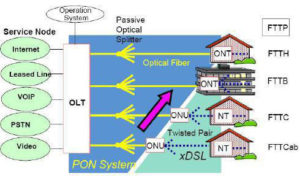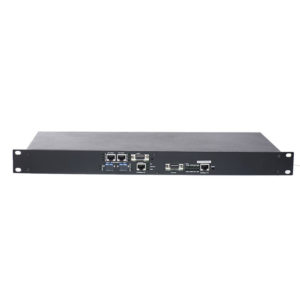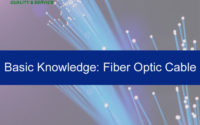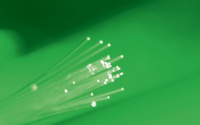What is OLT, ODN, ONU and ONT in FTTH Network?
In recent years, Fiber to the Home (FTTH) has started to be taken seriously by telecommunication companies around the world, and enabling technologies are being developed rapidly. There are two important types of systems that make FTTH broadband connections possible. These are active optical networks (AON) and passive optical networks (PON). By far the majority of FTTH deployments in planning and in deployment use a PON in order to save on fiber costs. PON has recently attracted much attention due to its low cost and high performance. In this post, we are going to introduce the FTTH cabling network from the four aspects: OLT, ODN, ONU, ONT.
GPON and EPON
There are two major current PON standards: Gigabit Passive Optical Network (GPON) and Ethernet Passive Optical Network (EPON). But no matter which type of PONs, they have a same basic topology structure. A Gigabit Ethernet Passive Optical Network (GEPON) system is generally composed of an optical line terminal (OLT) at the service provider’s central office and a number of optical network units (ONUs) or optical network terminals (ONTs) near end users, as well as the optical splitter. In addition, the optical distribution network (ODN) is used during the transmission between OLT and ONU/ONT.
Introduction of OLT (Optical Line Terminal)
The OLT is the core component of the optical access network, which is equivalent to a switch or router in a traditional communication network, and is also a multi-service providing platform. Typically placed at the central office to provide a fiber optic interface to the user’s passive fiber optic network.
- Uplinks the upper layer network and completes the uplink access of the PON (Passive Optical Network) network.
- The user equipment ONU is connected through an ODN network (composed of an optical fiber and a passive optical splitter). Realize the functions of control, management and ranging of the ONU of the user equipment.

ONU/ONT (Optical Network Unit and Optical Network Terminal)
ONU converts optical signals transmitted via fiber to electrical signals. These electrical signals are then sent to individual subscribers. In general, there is a distance or other access network between ONU and end user’s premises. Furthermore, ONU can send, aggregate and groom different types of data coming from the customer and send it upstream to the OLT. Grooming is the process that optimises and reorganises the data stream so it would be delivered more efficiently. OLT supports bandwidth allocation that allows making smooth delivery of data float to the OLT, that usually arrives in bursts from the customer. ONU could be connected by various methods and cable types, like twisted-pair copper wire, coaxial cable, optical fiber or Wi-Fi.
Actually, ONT is the same as ONU in essence. ONT is an ITU-T term, whereas ONU is an IEEE term. They both refer to the user side equipment in GEPON system. But in practice, there is a little difference between ONT and ONU according to their location. ONT is generally on customer premises.

What is ODN(Optical Distribution Network)?
ODN, an integral part of the PON system, provides the optical transmission medium for the physical connection of the ONUs to the OLTs. Its reach is 20 km or farther. Within the ODN, fiber optic cable, fiber optic connectors, passive optical splitters, and auxiliary components collaborate with each other. The ODN specifically has five segments which are feeder fiber, optical distribution point, distribution fiber, optical access point, and drop fiber. The feeder fiber starts from the optical distribution frame (ODF) in the central office (CO) telecommunications room and ends at the optical distribution point for long-distance coverage. The distribution fiber from the optical distribution point to the optical access point distributes optical fibers for areas alongside it. The drop fiber connects the optical access point to terminals (ONTs), achieving optical fiber drop into user homes. In addition, the ODN is the very path essential to PON data transmission and its quality directly affects the performance, reliability, and scalability of the PON system.
Conclusion
There are different types of OLT, ONU, ONT equipment for GEPON, which are the new generation PON equipments and mainly applied by telecommunication operators in FTTH project. All these equipment are provided in TARLUZ and have the characteristic of high integration, flexible adaption, reliability.


